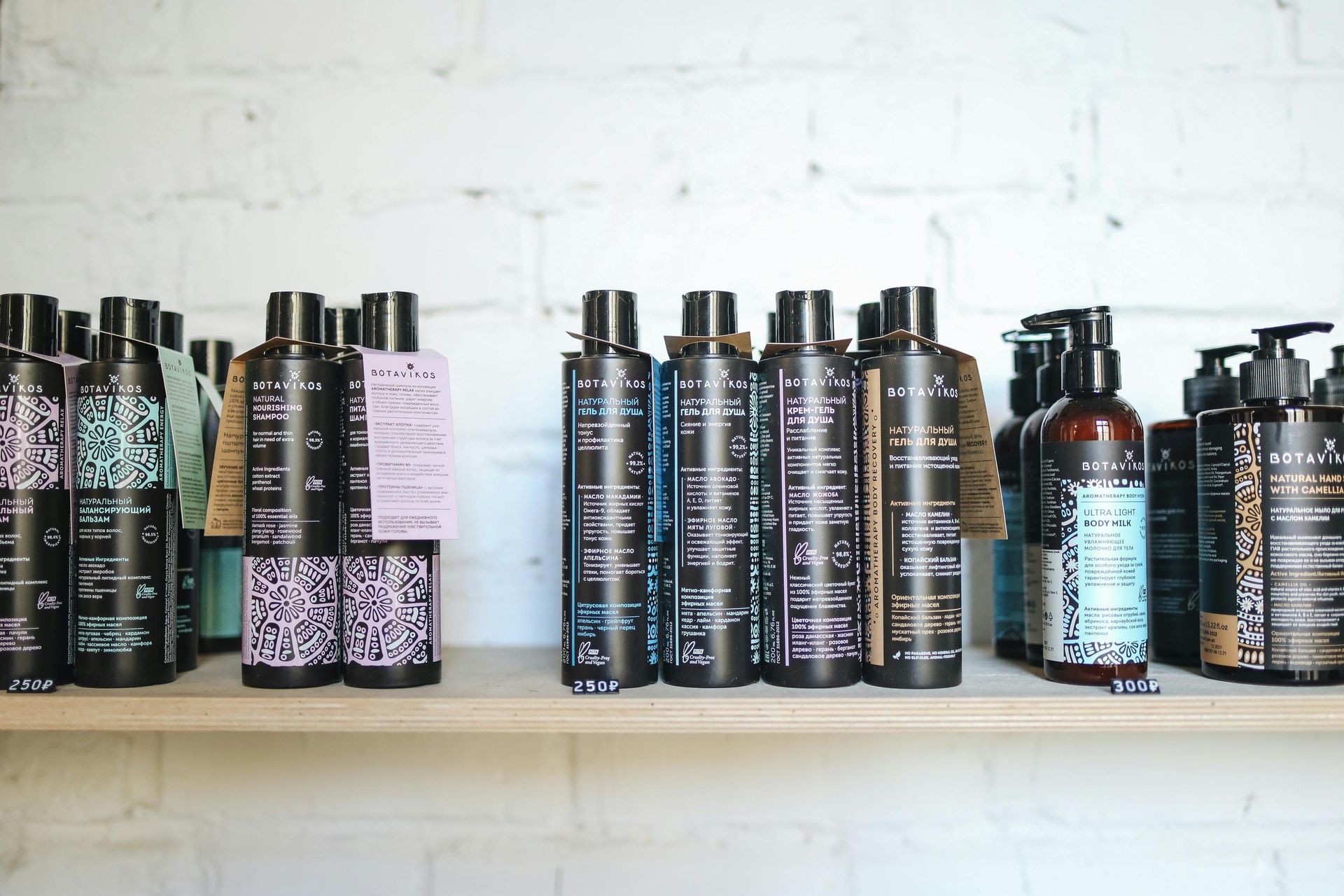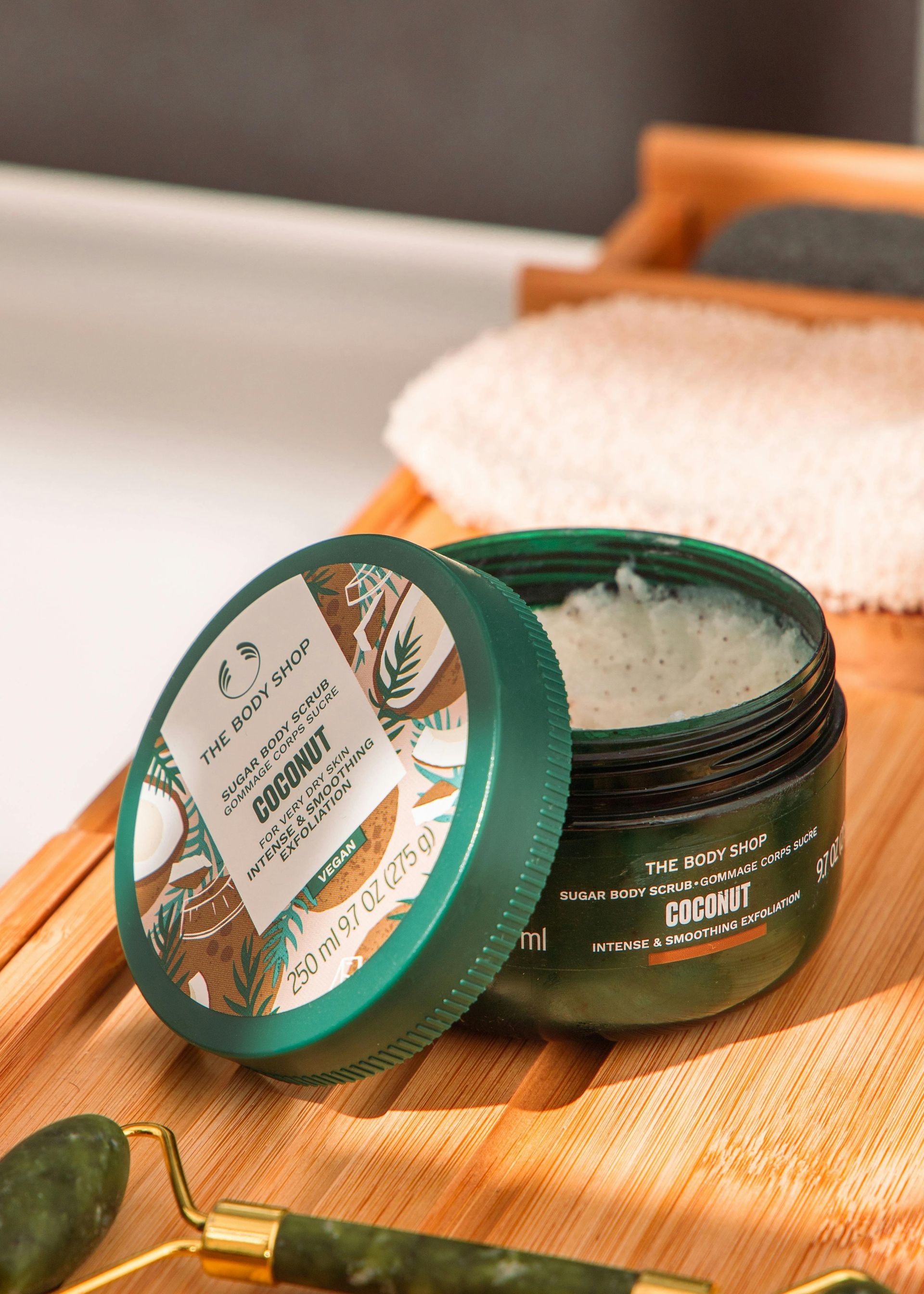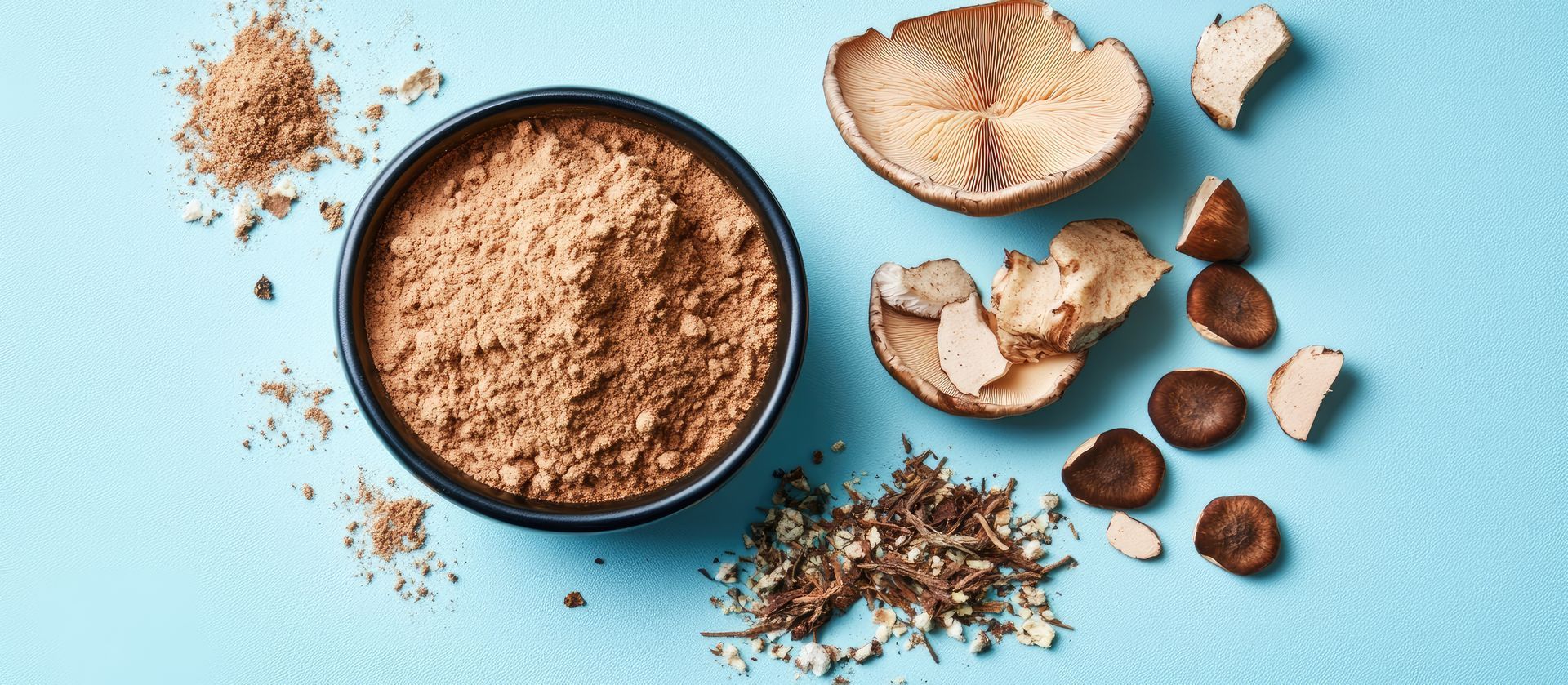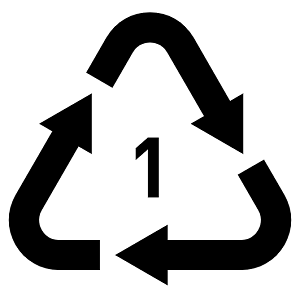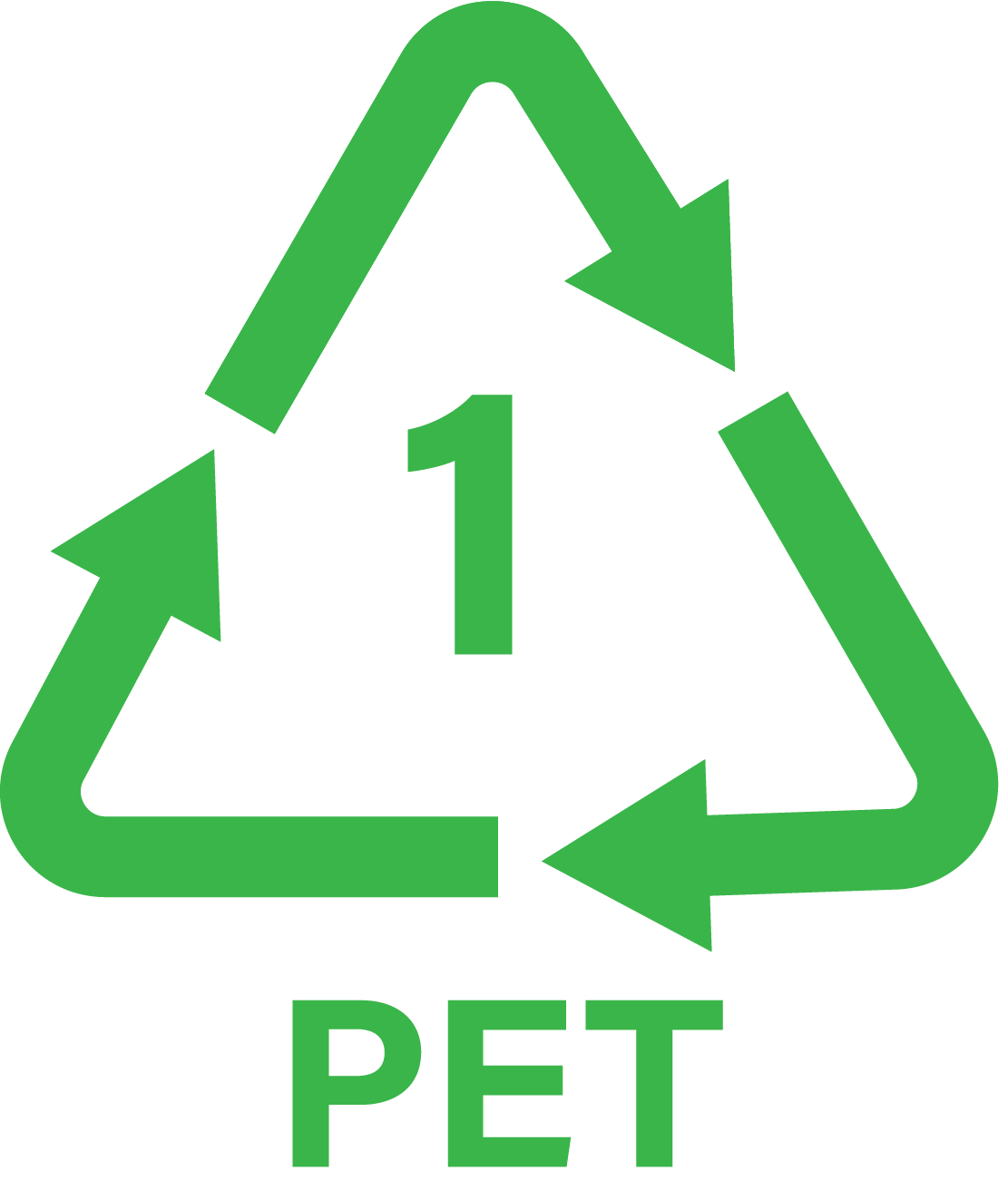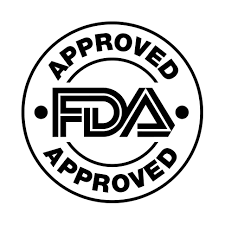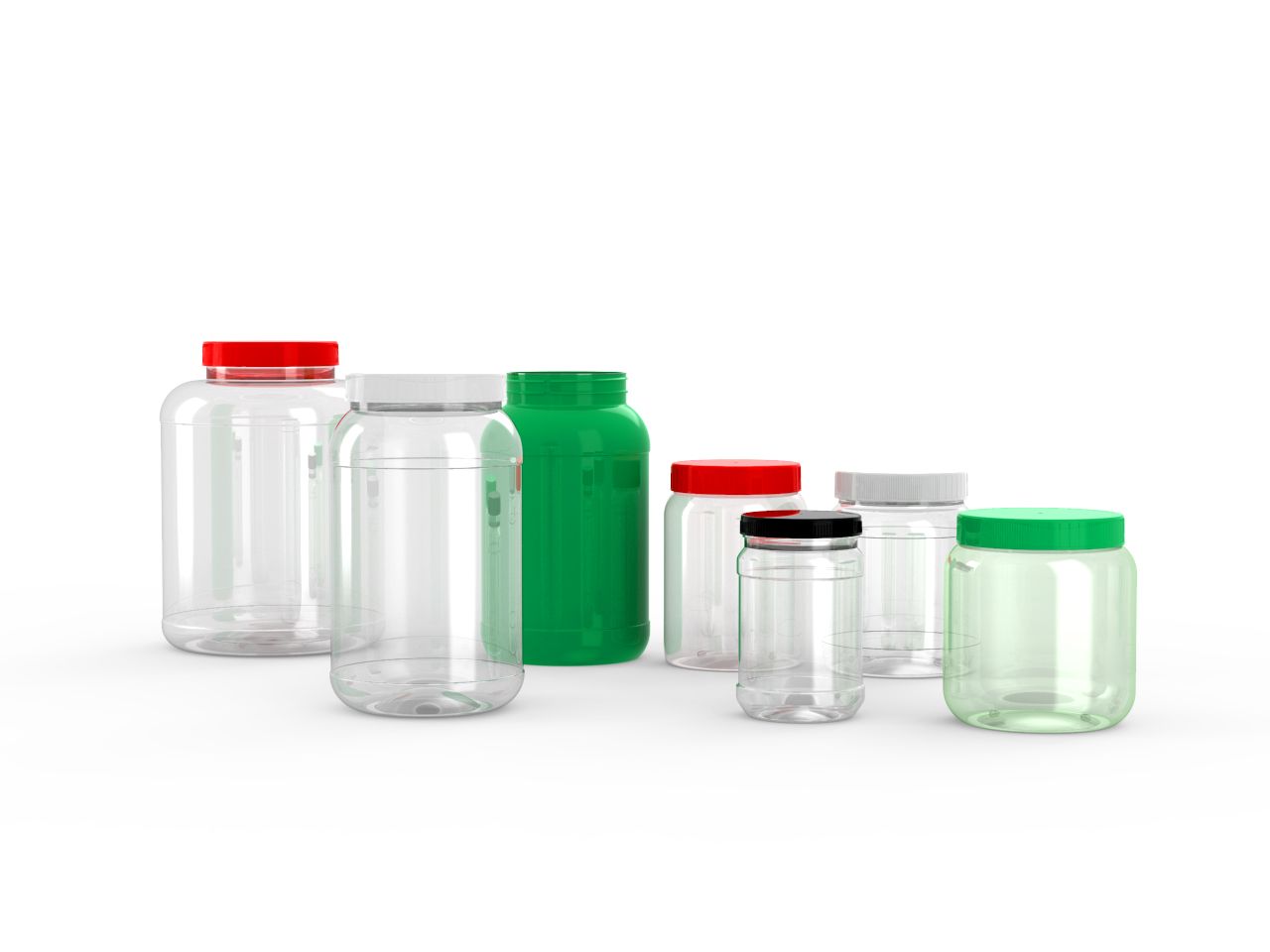Are PET Recyclable Plastic Wine Bottles Here to Stay?
At first glance, the bottles from Distaff Wine Co. and Nomen Wine (both based in Oregon) look just like traditional wine bottles. But as soon as you pick one up, you'll spot the difference. Their wine bottles are made with PET recyclable plastic and they weigh roughly one-tenth as much as typical glass bottles.
A handful of wineries have made some highly-publicized attempts over the past decade to switch over to more sustainable packaging, but they have been the exception rather than the rule. Winemaking is an industry well steeped in tradition, and tradition calls for glass bottles.
(Admittedly, wines that are expected to age and improve over the years tend to fare better in glass bottles. But for wines that are expected to be consumed within two years, PET bottles are a viable solution.)
But in the last year, more and more winemakers have started looking at alternative ways of packaging their product and many are coming to the conclusion that recyclable plastic bottles may be the way of the future. In fact, producers and manufacturers think that conditions today are more favorable for PET bottles than any time in the last 20 years. This is primarily due to:
- Pandemic-related supply chain issues, which have made it more difficult and expensive for wineries to get glass bottles, closures, foil, etc.
- Climate change, which is exacerbated by the weight, inefficiency, and low recycling rates of glass. According to a 2013 study by the American Association of Wine Economists, the production of wine was responsible for roughly 1% (or 6.3 billion tons) of greenhouse gas emissions each year.
- The Direct to Consumer (DtC) market, which has grown exponentially during the pandemic. PET bottles are an effective way to cut shipping costs for wineries.
- Improved technology has allowed recyclable plastics to overcome consistency and quality issues that existed when PET and rPET were first introduced.
Recycled plastic currently remains a tiny part of the wine market, despite its advantages and still has a lot of resistance to overcome. But a lot of wine producers and manufacturers are claiming that 2022 could be the year of the PET wine bottle. The challenges brought on by the pandemic could be the driving force to make PET recycled plastic a choice that's not just altruistic, but pragmatic.
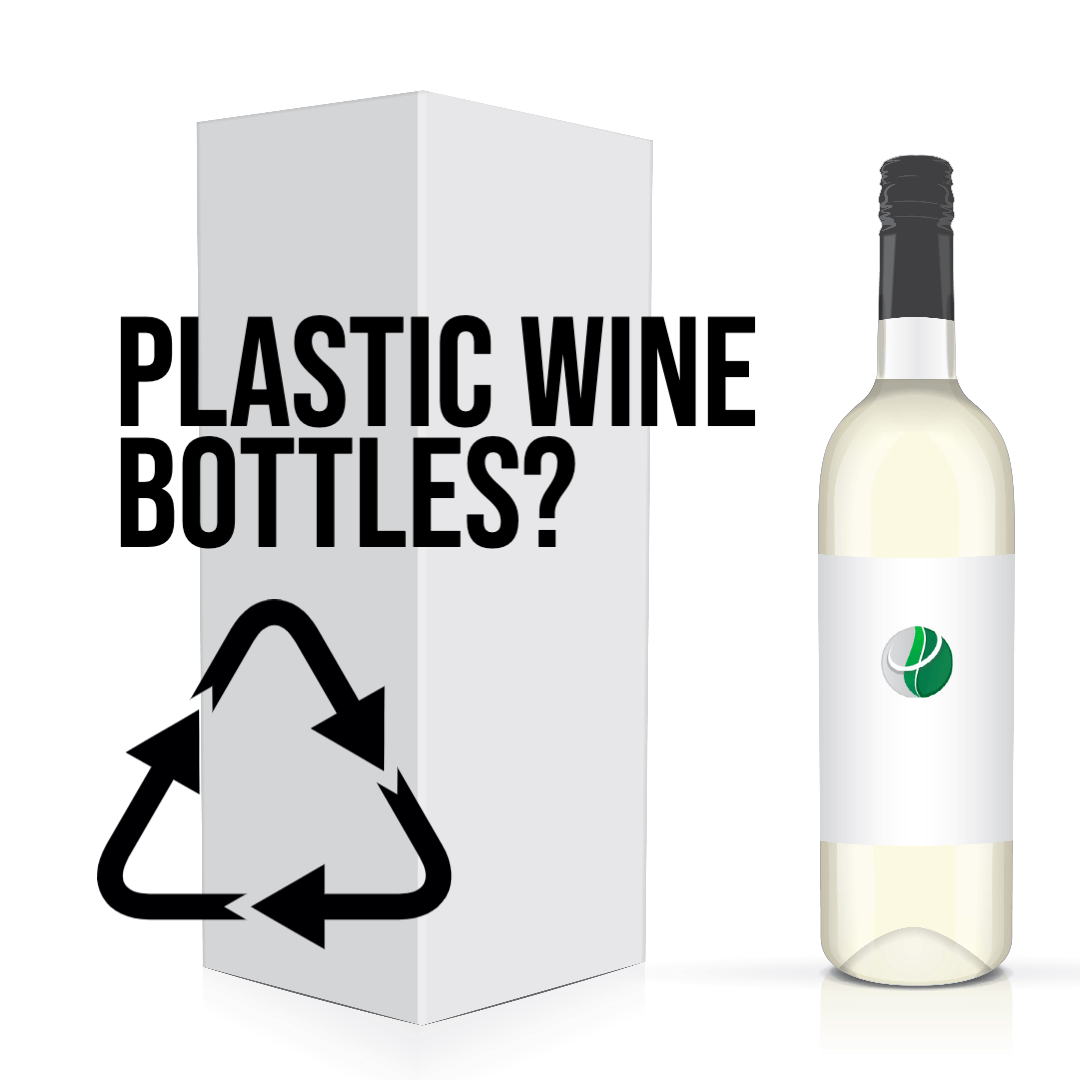
References:
If you are looking to move your wine production into using PET or rPET preform plastic packaging, we would love to hear from you!

